In world's most dangerous country for journalists, female reporters try guns for a change
Journalists from Karachi undergo security and weapons training at Elite Police Training Center, Razzaqabad
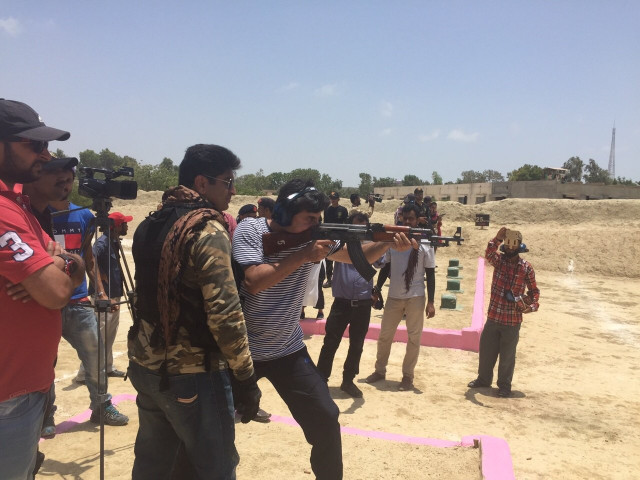
Journalists fire an AK-47 during weapons training at the Police Training Centre in Razzaqabad. PHOTO: RABIA ALI/EXPRESS
This special training was part of the Hostile Environment Awareness Training (HEAT) organised by the Special Security Unit (SSU) of the Sindh police at the Shaheed Benazir Bhutto Elite Police Training Center, Razzaqabad on Saturday.
For a change, the 50 meter short firing range at the training center saw excited journalists taking turns to prove their marksmanship instead of police commandos, who stood by offering tips.
International Federation of Journalists noted in its recent report "The Freedom Frontier: Press Freedom in South Asia 2014-15," that Pakistan remains the world's most dangerous country for journalists with 14 killed between May 2014 and April 2015.
The training sessions kicked off early morning when a group of journalists from print and electronic media, and people from the radio, assembled by the Pakistan Group of Journalists, Sindh, reached the training center for the anti-terrorism training program.
Assembled by the Pakistan Group of Journalists, Sindh, the media professionals were briefed about weapons by chief trainer Major Saleem.
Within an hour, everyone had become familiar with the different weapons and could tell apart a Glock pistol from an SMG, a G3 from an M-4. They were told about the different models, their effective range and prices. Major Saleem mouthed sounds of ‘Bang bang’, to differentiate the sound made by each weapon and showed the journalists how to load and use each weapon.

Major Saleem shows journalists what an M-4 looks like. PHOTO: RABIA ALI/EXPRESS
Police commandoes then demonstrated how to handle a situation where terrorists could potentially storm a newsroom. Cos-playing ‘terrorists’ then barged in with guns blazing, hurling bombs. The journalists became the impromptu hostages in this simulation. The gun toting ‘terrorists’ ordered their ‘hostages’ to keep their hands on their arms, and not to panic.
Other scenarios played out included kidnapping for ransom, where the participants shown how to open the trunk of the car if trapped inside. To demonstrate, four women journalists were told to get inside a black corolla and commandoes pretended to be the terrorists firing on them. At this point, Major Saleem advised that should their car come under attack at any point, their best bet for survival is to get out of the car and take up position beside a tyre since bullets cannot not easily pierce through them.
Journalists who attended the training appreciated the security tips. Radio journalist Nadira Mushtaq hoped that this would have been a two day intensive workshop. “Women, journalists or not, were told to keep pepper spray and tasers if they were harassed. This was beneficial.”
Mushtaq, who managed to hit two targets at the firing range, said that journalists were shown how to handle a weapon. “Obviously we wont murder anyone but we should know how to be secure.”
Maria Ismail, who works as a reporter for an Urdu newspaper, said that most girls resort to making a lot of noise in hostile situations. But trainers told them that self-defense tactics would probably serve them better.

The short firing range at Elite Police Training Centre Razzaqabad. PHOTO: RABIA ALI/EXPRESS
Kanwal Abidi, chairperson of Pakistan Group of Journalists, Sindh, explained that such trainings were necessary for media workers since journalists are among the first to respond to hostile situations.

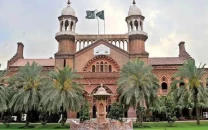


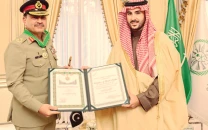
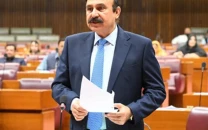
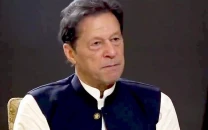











COMMENTS
Comments are moderated and generally will be posted if they are on-topic and not abusive.
For more information, please see our Comments FAQ